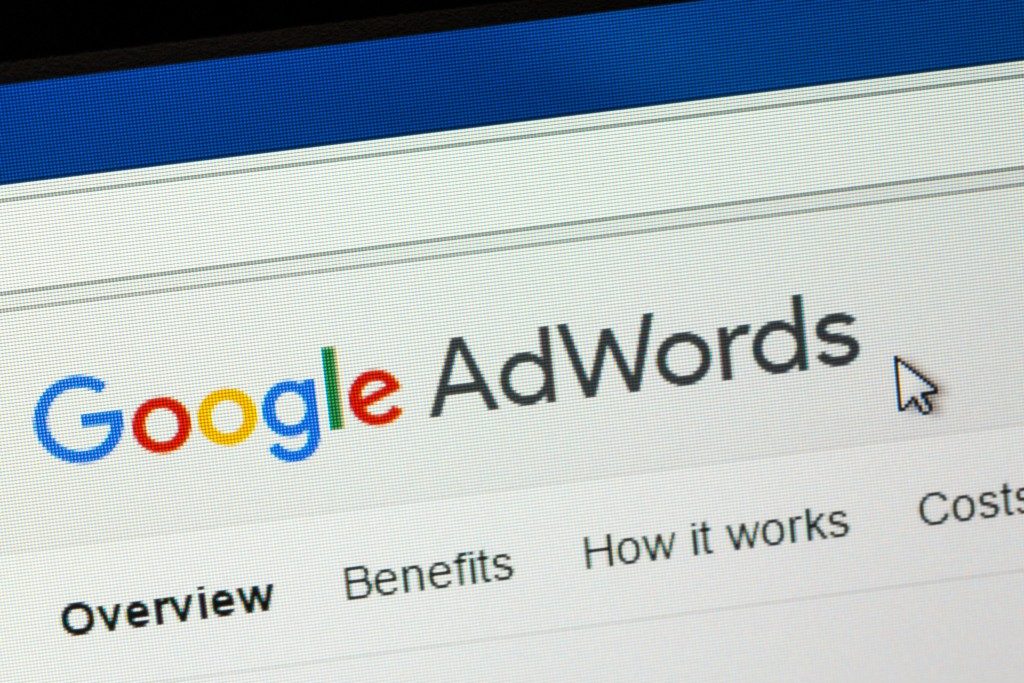Influencers are everywhere today, and whether we admit it or not, them representing famous companies and designer brands does work on the vast majority of us. It is only natural that we want to feel like we’re part of something, for an audience and fans to feel closer to their idols. Especially in the fashion and design industry, seeing our favorite social media stars flexing with their designer clothes and sexy outfits urges many to get their own.
However, in light of this growing market for influencers, a new player enters the marketing battlefield and seeks to disrupt their dominance. A new breed of influencers capable of doing more, achieving more, equipped with multiple talents and skills, that can do everything they can for less hassle.
Yes, these new class of influencers is none other than — virtual influencers.
What Are Virtual Influencers?
We know this is a hard pill to swallow at first, virtual influencers and artificial characters are getting popular today and are rivaling their human counterparts. But once you realize just how awesome and great they are at doing their job; we promise you that all reasons for doubt in your mind will disappear.
At its very core, the name “virtual influencers” speaks for itself. They are computer-generated imagery and virtual personas made to look so realistic that, at a glance, you might even mistake them for actual people.
And the best part is, they’re not even trying to hide the fact that they’re robots. It’s entirely part of their identity, making them look much cooler, and garnering the attention of so many people.
Are They Really Popular?
Sure, we understand that you might have doubts about their popularity. Anyone sane would question how a robot could ever match or even beat out an actual human being in a battle to see who’s more famous. Most likely, you’ve probably scoffed this off as a niche that only an insignificant group of people enjoy.
However, that way of thinking is wrong.
In fact, many brands within the fashion design industry, big and small alike, are already eyeing these virtual influencers, with a select few already being represented and worn by these rising virtual stars. On top of that, they aren’t limited to one industry alone and can adapt and incorporate their identities to many scenarios. Take, for example, KFC’s sexy Colonel Sanders.
To name a few, here are some of the most well-known virtual influencers of our current day:
- Lil Miquela: Between her 2.6 million followers on Instagram and producing her songs and posting them on YouTube, Lil Miquela is definitely a virtual star in her limelight. The half-Spanish, half-Brazilian girl is undoubtedly at the pinnacle of virtual influencers.
- Bermuda is Bae: With over 273k followers, Bermuda is also among the most famous virtual online personalities taking the digital landscape by storm. While she does not have the same influence as her close friend Miquela, her unique persona keeps her eyes.
- Shudu Gram: A supermodel, influencer, and over 206k followers on Instagram, Shudu is in a league of her own. From being featured in magazines to receiving products from fashion brands, she’s turned the digital landscape into her runway.
For research purposes, you can also lookup Noonoouri, Imma Gram, Blawko22, and many other virtual influencers to grasp how successful and famous they’ve become.
What Makes Them Better?

Look at it like international charge-free telephone numbers, they can achieve so much more, reach all four corners of the globe, and are inexpensive. Unlike actual human influencers who are subject to different complications plus their fees, virtual influencers’ rise is not a surprise. And among the following are the benefits companies in the fashion industry can make full potential of:
- Untapped Audience: Let’s face it, not everyone can get behind every celebrity, social media star, and influencer. But with virtual influencers, these personalities are free of controversy, expressive in their own right, and have access to an audience who prefer their likable traits.
- Free of Human Error: Building upon the term “controversy”; actual human influencers can trip over and make an insensitive statement or say something that can hurt fashion brands. Virtual influencers are free from this issue as their posts, actions, and engagement with the audience are monitored and executed by professionals.
- Limitless: Real people require travel expenses to get places, a camera crew and team to picture, and turnover time for all the necessary editing. Virtual influencers cut through all the clutter because everything they do is entirely digital. They can be in Tokyo at one moment, the next week filming in Greece, and by the weekend swimming in Hawaii. And all it would take is for the creatives team to work together with fashion brands.
Take the Chance
With all that said, we consider the market of virtual influencers to grow exponentially in the coming years. And with the advent of advanced artificial intelligence, who’s to say these virtual personas won’t be able to control themselves by then?
Our advice is to take the chance. Discover other small-time virtual influencers waiting for their lucky break and partner them with your fashion and design business. Who knows, you might just find the next big persona the world has yet to see!


